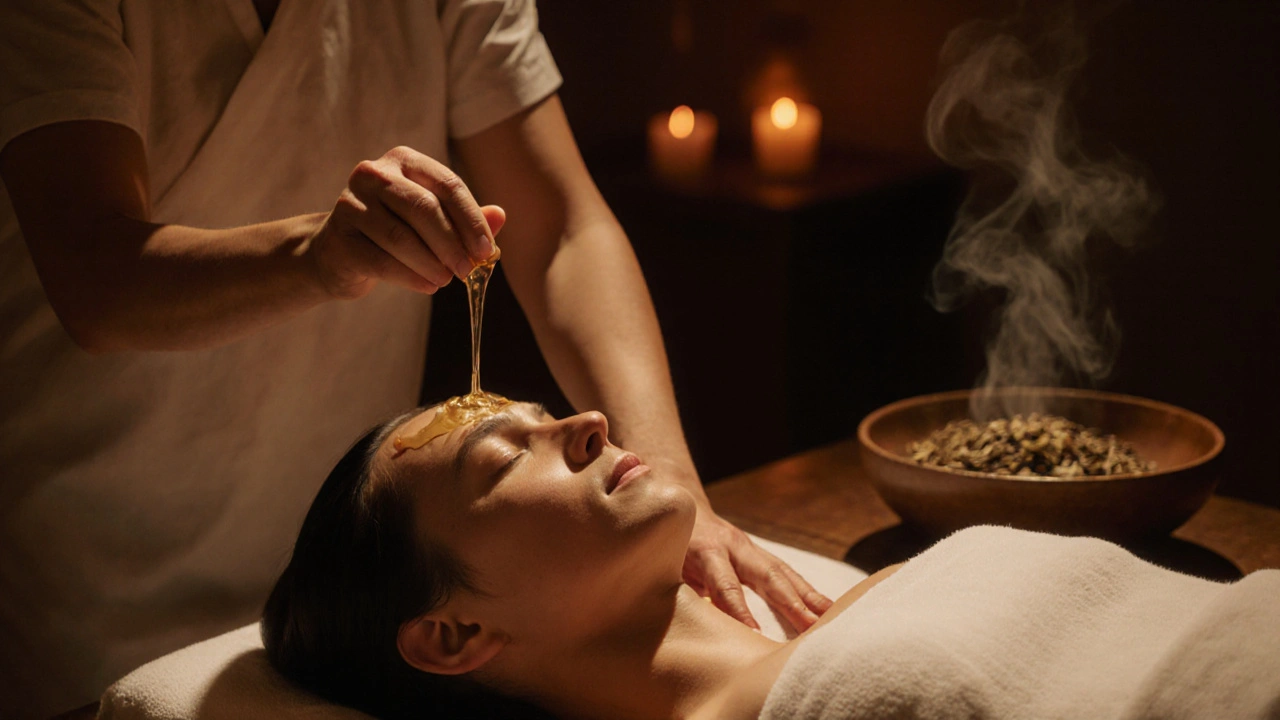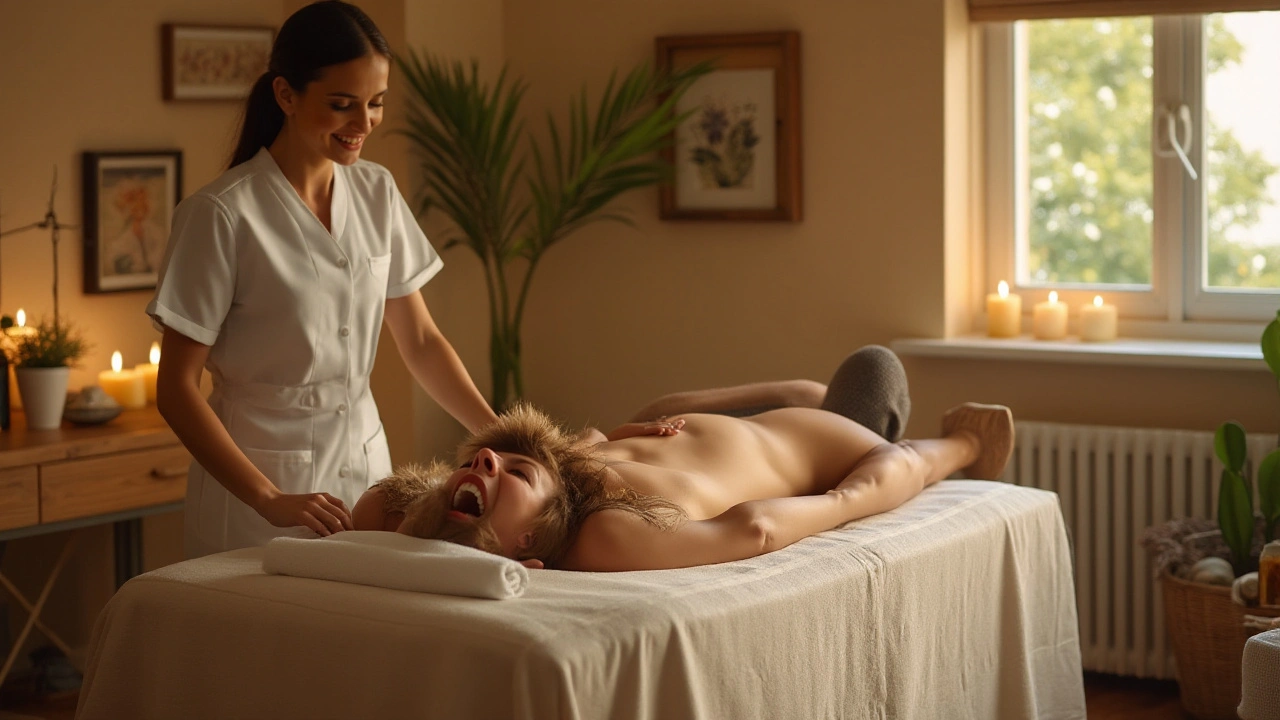Panchakarma: Ancient Ayurvedic Detox and Its Modern Healing Power
When you hear Panchakarma, a five-step Ayurvedic detox protocol rooted in 5,000-year-old Indian healing traditions. Also known as Ayurvedic cleansing, it’s not just about removing toxins—it’s about resetting your entire system. Unlike quick juice cleanses or fasting trends, Panchakarma works slowly, deeply, and intentionally. It’s designed for people who feel stuck—tired no matter how much they sleep, bloated even when they eat clean, or emotionally drained despite a full schedule.
This system isn’t magic. It’s methodical. The five steps—vamana (therapeutic vomiting), virechana (purgation), basti (herbal enemas), nasya (nasal oil therapy), and raktamokshana (blood purification)—each target a different layer of imbalance. You don’t need to do all five at once. Many practitioners start with basti and nasya, which are gentle, effective, and widely accessible. What makes Panchakarma stand out is how it ties physical cleansing to nervous system regulation. Studies from the Journal of Ayurveda and Integrative Medicine show participants reported better sleep, reduced joint pain, and clearer skin after just 14 days of structured treatment. And you don’t need to fly to India to experience it. Clinics in Prague, London, and even online wellness programs now offer adapted versions using local herbs and modern comfort.
It’s no surprise Panchakarma shows up in the same conversations as myofascial release, a therapy that breaks down deep tissue adhesions to improve mobility and reduce chronic pain and Laos massage, a gentle, herbal-infused bodywork that restores energy flow. All of them focus on release—not just muscle, but stored tension, emotional residue, and metabolic waste. Even aromatherapy massage, which uses essential oils to calm the nervous system and improve sleep fits here. The oils used in Panchakarma—like sesame, castor, and neem—are chosen not for scent, but for how they penetrate and mobilize toxins. This isn’t spa fluff. It’s biochemistry disguised as ritual.
What you’ll find in the posts below isn’t a list of spas or retreats. It’s a collection of real, practical insights from people who’ve tried these methods—some in clinics, some at home. You’ll read about how herbal compresses mimic the effects of compression therapy, how breathwork during Panchakarma parallels tantric massage for sleep, and why many who try it stop chasing quick fixes and start listening to their bodies instead. There’s no hype. No promises of miracles. Just what works, what doesn’t, and why so many keep coming back.
Revitalize Your Health with Ayurvedic Massage: A Natural Path to Balance
Revitalize your health with ayurvedic massage-a 5,000-year-old practice that uses herbal oils and dosha-based techniques to reduce stress, improve sleep, and restore natural balance in the body.






